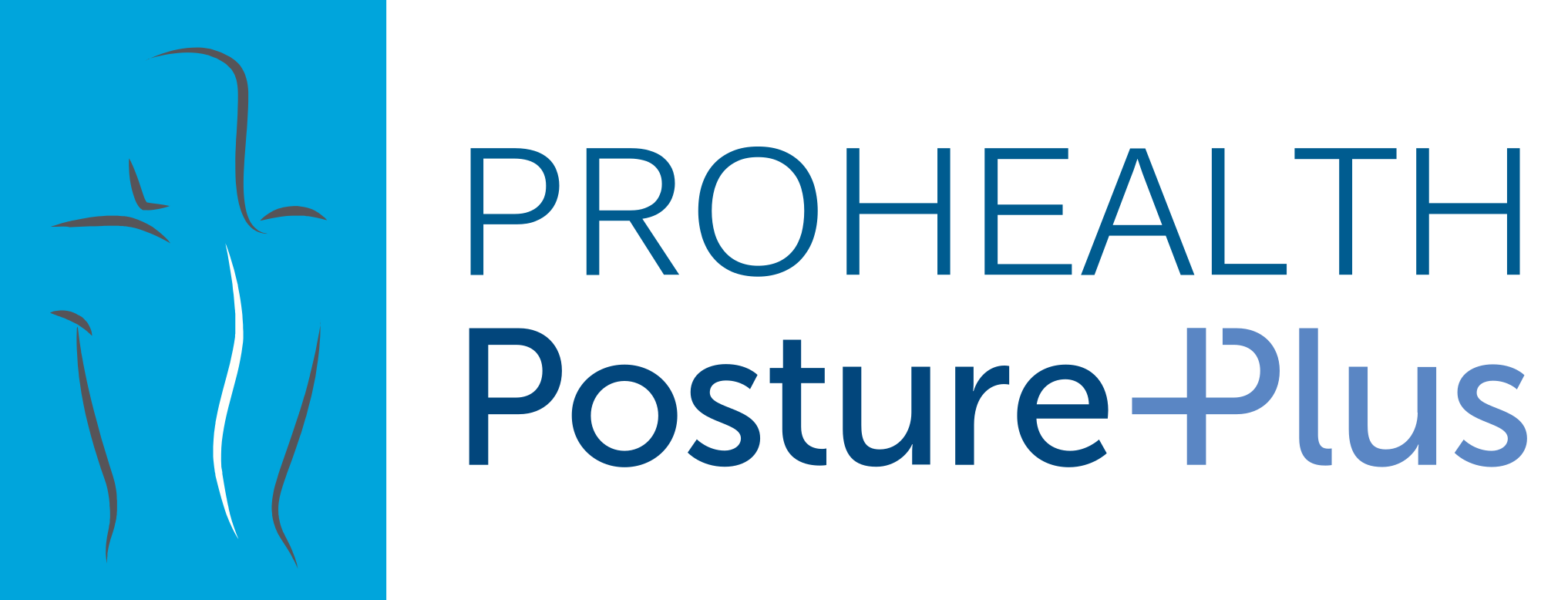
Pelvic Girdle Pain
What is the Pelvic Girdle?
The pelvic girdle is a ring-like bony structure, located at the base of your spine. The pelvis is made up of the sacrum, coccyx (tailbone), and hip bones known as the ilium (right and left sides). The sacroiliac joint (SIJ) is between the sacrum and the ilium. See the diagram which shows the the key bony landmarks of the pelvic girdle.
Pelvic Girdle Pain (PGP) is pain that can be felt in the lower back, ilium and the SIJ on one side or fluctuate side to side. There can be numbness, aching or tingling sensation that travels down the back of the thigh and into the leg. Pain can be sharp or dull, and usually associated with movements such as getting out of a chair or car, stair climbing, walking, and running.

(from Thrive Pelvic Floor)
What Causes Pelvic Girdle Pain?
Pelvic girdle pain can happen to both women and men, young and old. PGP can result from:
- Direct trauma such as falling on your buttock, jumping and landing hard on one leg, or motor vehicle accident.
- When someone who is not physically fit tries a new activity that may be too advanced for them.
- Pregnancy and postpartum due to the impact of hormonal changes.
- Being overweight.
- Having lumbar fusion or multiple abdominal surgeries (weak core muscles).
- Problems on one side of the body can affect the way a person walks, causing SIJ pain due to muscles overworking on the unaffected side to compensate for weakness/pain of the affected side. Such conditions include Scoliosis, Arthritis, sprain/torn ligaments, and muscle injury in the hip, knee, or ankle.

Image courtesy of Pelvic Partnership
Research has shown that there is very little movement possible at this joint due to the design of the joint as well as numerous and strong ligaments, and this motion decreases with age.
The Role of Muscles in the Pelvic Girdle
The pelvis is a complex anatomical structure with over 30 muscles attached to it. The role of these muscles is primarily to provide stability to the joint, not to produce movement. The pelvis serves to transmits body weight to lower limbs during locomotion, providing support for abdominal organs, and facilitate childbirth.
Layers of muscles (from deep to superficial) must work in a coordinated way for normal movement and function. Therefore, if certain muscles are too tight or overstretched (weak) or have been injured, this can lead to uneven forces on the joints, causing extra wear and tear. This results in inflammation and pain.
Tight muscles and inflammation can cause pressure on the nerves in the pelvic girdle and can cause referral pain that travels into the pelvis, buttocks, groin, thigh, or calf.
Some of the key muscles related to the pelvic girdle include the:
Deep Hip Rotator Muscles (namely the Piriformis): which can become tight on one side, making it difficult to move normally. This normally happens when superficial muscles (Gluteus Maximus and Gluteus Medius) become weak.
Transversus Abdominus (TrA): known as the “core” muscles is the deepest layer of the abdominals with an important role of maintaining neutral spine and providing spinal and pelvic stability.
Diaphragm muscle sits under our rib cage and it is the primary muscle responsible for breathing. The back portion of this muscle attaches to the middle and lower back vertebrae (small bones of the spine). It interlocks with TrA and triggers contraction of TrA at the end of forced expiration. When the diaphragm functions normally, there is rhythmical movement in the rib cage, upper and lower vertebrae (small bones of the spine) and intestines.
Pelvic floor is also part of the deep muscle system in the pelvic girdle. Co-contraction of the Pelvic and TrA provides spinal stability.
Superficial abdominal muscles support the trunk, holds organs in place and allows movements. If these superficial muscles become weak, it can lead to increased stress to our spine and pelvis.
Pelvic Girdle Pain During Pregnancy
Some women may develop pelvic pain in pregnancy. This is sometimes called pregnancy-related pelvic girdle pain or Pubic Symphysis Dysfunction (PSD).
Pregnant women with PSD may feel pain in the lower abdomen, back, groin, perineum (the space between your anus and vulva), thigh and leg.
PSD occurs when the joint between your left and right pelvic bones (pubic symphysis) allows for more movement than usual. Prior to pregnancy, ligaments hold the pelvic joints in place so that your pelvic bones are not able to move or shift past the point of comfort. During pregnancy, a hormone called Relaxin loosens the pelvic joints and ligaments to support and accommodate the growing baby, as well as help the joints become flexible enough for your pelvic bones to widen during delivery.
The pelvic girdle joints can become irritated due to changing muscle activity and increased movement. PSD may worsen from overloading the muscles especially when walking on uneven surfaces/rough ground for long distances and repetitive activities involving moving knees apart or standing on one leg like climbing the stairs.
How Does Physiotherapy Help With Pelvic Girdle Pain?
Physiotherapists are able to carry out specific tests that identify the causes of and contributing factors to pelvic girdle pain and prescribe suitable exercises to address any dysfunctions found.
Assessment and Diagnosis: This may involve evaluating the alignment and mobility of the pelvis, assessing muscular function, and identifying any areas of weakness or tightness.
Exercise Prescription: Our physiotherapists design highly personalized exercise programs to strengthen and stabilize the pelvic region.
Pelvic Support Devices: In some cases, we may prescribe the use of support devices, such as a Sacroiliac Joint belt to provide external support and stability to the pelvis. These devices can help alleviate pain and improve pelvic alignment during daily activities.
Postpartum Rehabilitation: For individuals experiencing pregnancy-related pelvic girdle pain during or after pregnancy, we can guide women through safe and effective exercises to restore pelvic floor function, improve core stability, and promote overall recovery.
Contact Us If You Need Any Help
At Posture Plus, we can treat pelvic girdle pain, pelvic-related dysfunction and various women’s health conditions that you may be experiencing. Our experienced physiotherapists offer hands-on treatments that are tailored according to your own situation.
Our team of physiotherapists are professional and experienced in working with clients of all ages and treatments are always personalised to their recovery needs. Working with our physios, you will receive a detailed assessment to fully understand the root cause and identify areas requiring treatment.
Telephone: +852 2617 8801
WhatsApp: +852 6310 1033
References
P Kristiansson, K Svärdsudd, B von Schoultz. Serum relaxin, symphyseal pain, and back pain during pregnancy. Am J Obstet Gynecol.1996 Nov;175(5): 1342-7.doi: 10.1016 /s0002-9378(96)70052-2.
Adam Goode, Eric J Hegedus, Philip Sizer, Jean-Michel Brismee, Alison Linberg, Chad E Cook.Three-dimensional movements of the sacroiliac joint: a systematic review of the literature and assessment of clinical utility. J Man Manip Ther. 2008;16(1):25-38.
Written by Sylvia Chen

Bachelor of Physiotherapy (AUS)
Registered Physiotherapist (HK & AUS)
Sylvia is a highly experienced and dedicated physiotherapist at Posture Plus Hong Kong. With a Bachelor of Physiotherapy degree from La Trobe University in Australia, Sylvia has a diverse background in clinical and administrative roles. Her areas of expertise include musculoskeletal physiotherapy, prenatal and postpartum Pilates, posture and movement dysfunction, and ergonomic evaluation. Sylvia is committed to client-centered care and empowering her clients to manage their conditions through education and developing healthy habits.
She continuously expands her skills through professional development and is fluent in both English and Cantonese. With her compassionate approach and extensive knowledge, Sylvia strives to help her clients achieve their goals and optimal recovery.

Leave a reply